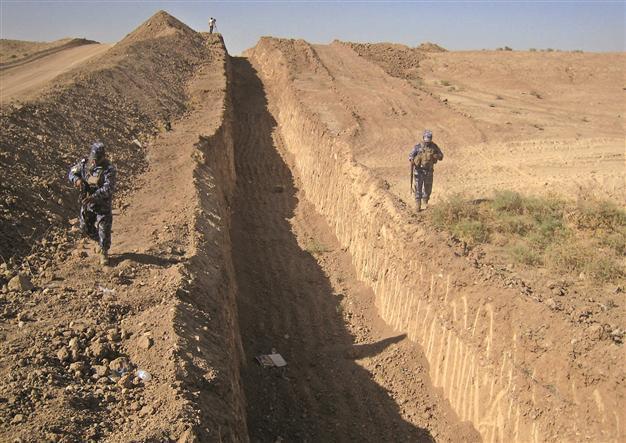Iraq’s new five year plan to diversify economy beyond oil
BAGHDAD - Reuters

Iraq’s government has released a five-year economic plan which will try to diversify beyond oil production. AP photo
Iraq’s government has released a five-year economic plan which will try to diversify beyond oil production and develop the industrial sector.The plan, announced this week, faces major obstacles including a rising level of sectarian violence and political infighting within the country’s fractious coalition government.
But if implemented, it could mark a new stage in Iraq’s recovery from decades of war and international economic sanctions. So far, the recovery since the U.S. invasion of 2003 has been based almost entirely on rising oil production.
“The government made a decision to focus on other sources in the country instead of oil, so the new plan will basically focus on industry instead of oil,” said Hussain al-Shahristani, deputy prime minister for energy affairs.
The plan for the years 2013 to 2017 calls for investment of approximately $357 billion in development projects across the country, focusing in particular on five sectors: building and services, agriculture, education, transport and communications, and energy.
Oil remains biggest source of revenue
About 79 percent of that investment total would come from the government and the rest from the private sector.
Oil would remain by far the biggest source of revenue for the government during this period. Revenues from oil in the five years are projected at 768.7 trillion dinars ($662 billion), with revenues from non-oil sources at 43.5 trillion dinars.
Production of crude oil is envisioned rising from 3.2 million barrels per day in 2012 to 9.5 million bpd in 2017, with crude oil exports climbing from 2.6 million bpd to 6 million bpd in 2017, assuming an average oil price of $85 per barrel over the five years.
Many analysts think such targets may be much too optimistic, given logistical bottlenecks and the damage which the sectarian violence is doing to oil production and government operations.
Iraq aims to increase its storage capacity for crude oil for export from 10.987 million barrels to 30.057 million barrels in 2017.
The five-year plan also envisages increases in agricultural production to reduce Iraq’s dependence on grain imports.
















